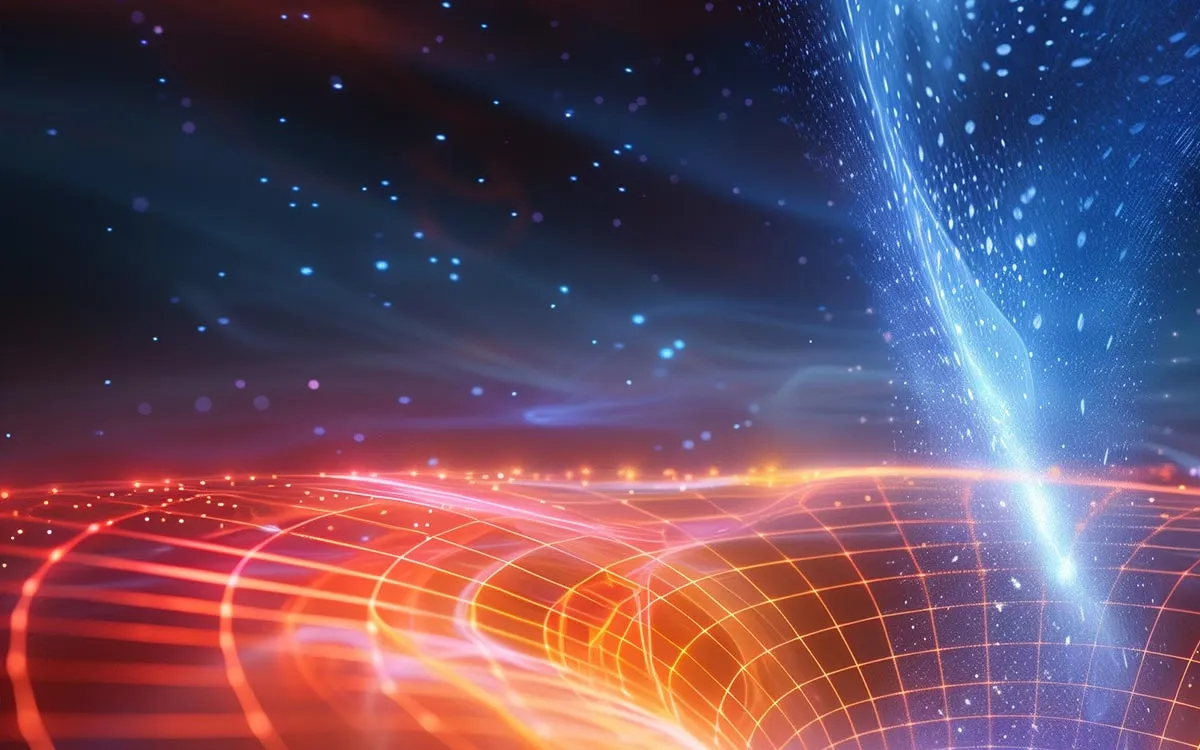
A groundbreaking study conducted by a team of physicists, led by Professor Dong Eon Kim from POSTECH’s Department of Physics, has unveiled new insights into the phenomenon of quantum tunneling. In collaboration with the Max Planck Korea-POSTECH Initiative, this research represents a significant leap in understanding this fundamental concept of quantum mechanics. Published in the esteemed journal Physical Review Letters, the findings address a scientific puzzle that has captivated researchers for over a century.
At its core, quantum tunneling describes how electrons can pass through energy barriers that they seemingly lack the energy to overcome. This extraordinary behavior, which can be likened to a form of teleportation, is essential for the functioning of semiconductors—the crucial components in devices like smartphones and computers. Additionally, quantum tunneling plays a pivotal role in natural processes such as nuclear fusion, the very reaction that fuels the sun.
Despite the established knowledge regarding the stages preceding and following electron tunneling, the specific mechanics of how electrons behave while traversing the barrier had remained enigmatic. Researchers could pinpoint the beginning and end of the tunneling process, but the intricate dynamics occurring in between had not been comprehensively explored—until now.
In a significant experimental breakthrough, Professor Kim’s team, alongside Professor C. H. Keitel’s group at the Max Planck Institute for Nuclear Physics in Heidelberg, Germany, employed intense laser pulses to induce tunneling in atoms. The results were revelatory: rather than merely passing through the barrier, electrons were found to undergo a remarkable internal collision with the atomic nucleus during their journey through the tunnel. This newly identified phenomenon has been termed under-the-barrier recollision (UBR).
Prior to this study, it was widely accepted that electrons could only interact with the nucleus after exiting the tunneling barrier. However, the research confirmed that such interactions can indeed occur while the electrons are still within the tunnel. Intriguingly, as electrons navigate through the barrier, they gain energy and collide once more with the nucleus, thereby enhancing a process known as Freeman resonance.
This pioneering research not only sheds light on the dynamics of electrons during tunneling but also paves the way for a new era of control in quantum technology. The insights gained from this study are anticipated to lay a crucial scientific foundation for achieving greater precision in controlling electron behavior, which is vital for advancing technologies such as quantum computers, ultrafast lasers, and various semiconductor applications.
Professor Kim expressed enthusiasm about the implications of their findings, stating, “Through this study, we were able to find clues about how electrons behave when they pass through the atomic wall. Now, we can finally understand tunneling more deeply and control it as we wish.”
These remarkable findings, documented in the article titled “Unveiling Under-the-Barrier Electron Dynamics in Strong Field Tunneling” by Tsendsuren Khurelbaatar et al., highlight a new frontier in quantum physics. The research was supported by the National Research Foundation of Korea and the Capacity Development Project of the Korea Institute for Advancement of Technology.